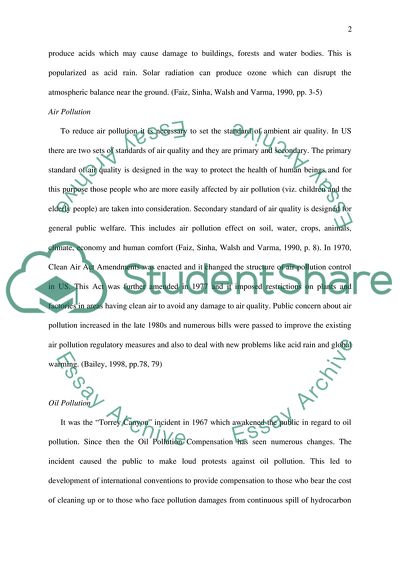Cite this document
(Pollution Coursework Example | Topics and Well Written Essays - 1500 words, n.d.)
Pollution Coursework Example | Topics and Well Written Essays - 1500 words. https://studentshare.org/environmental-studies/1755959-pollution
Pollution Coursework Example | Topics and Well Written Essays - 1500 words. https://studentshare.org/environmental-studies/1755959-pollution
(Pollution Coursework Example | Topics and Well Written Essays - 1500 Words)
Pollution Coursework Example | Topics and Well Written Essays - 1500 Words. https://studentshare.org/environmental-studies/1755959-pollution.
Pollution Coursework Example | Topics and Well Written Essays - 1500 Words. https://studentshare.org/environmental-studies/1755959-pollution.
“Pollution Coursework Example | Topics and Well Written Essays - 1500 Words”. https://studentshare.org/environmental-studies/1755959-pollution.


